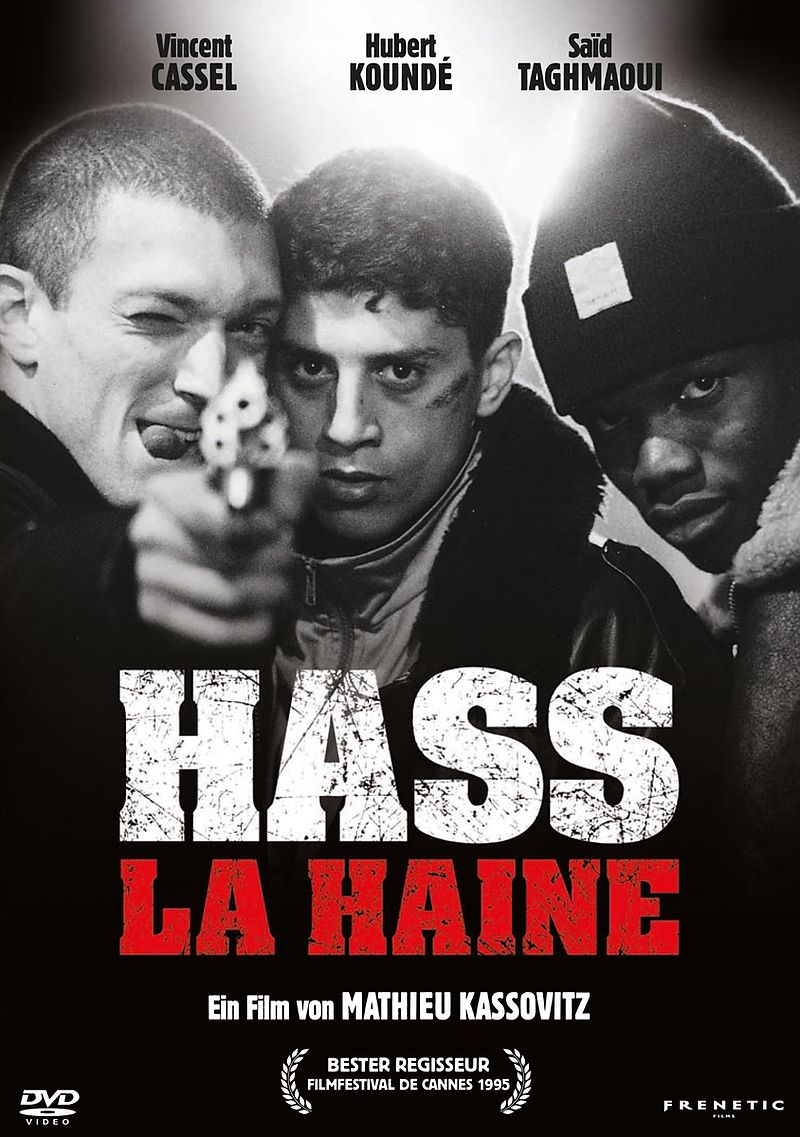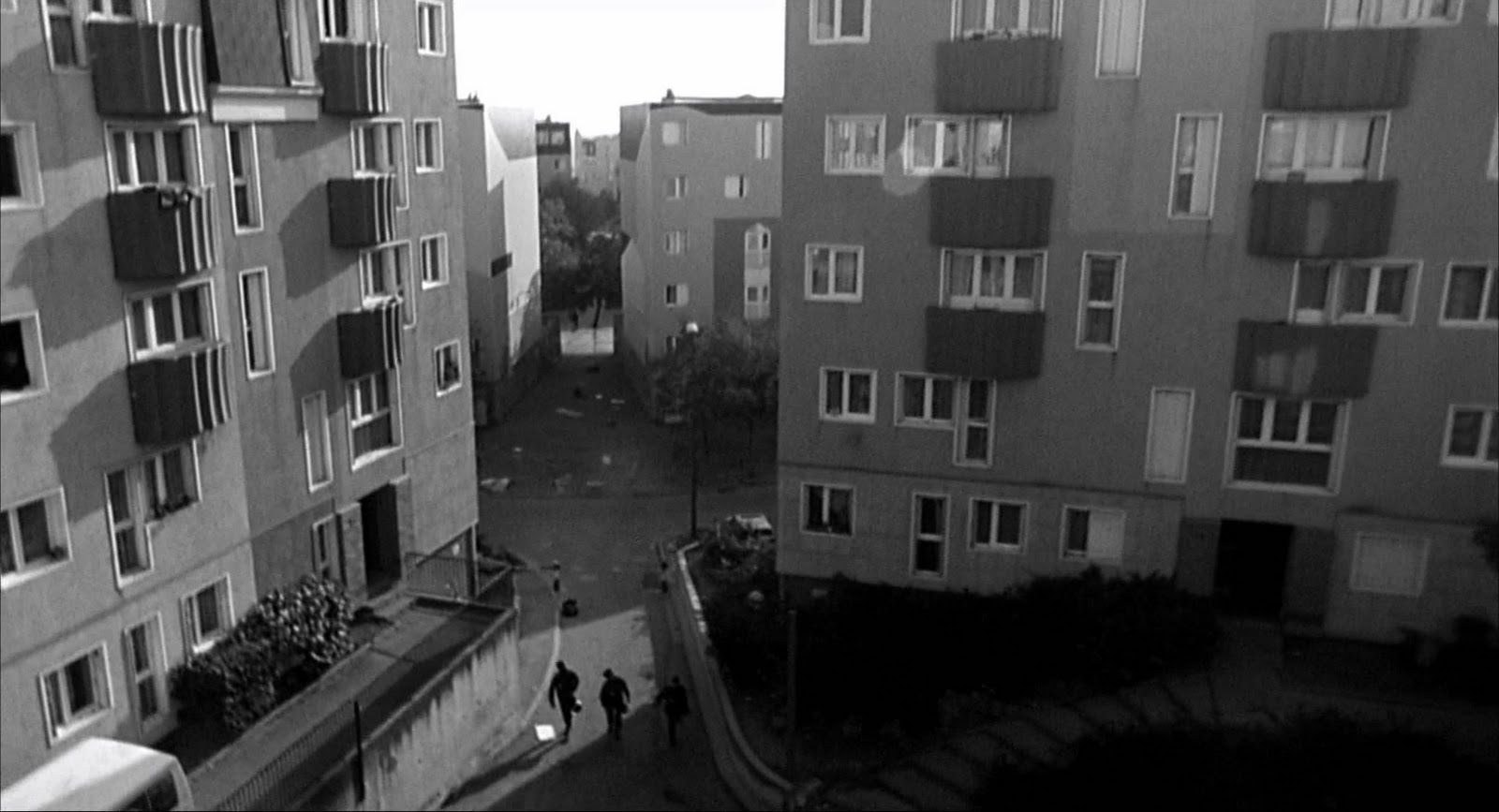

La Haine‘s depiction of banlieue life was so vivid and realistic that France’s then-Prime Minister, Alain Juppé, organised a special screening of the film which cabinet members were required to attend.

Credit: BFI It held up a mirror to crushing inequalities in modern-day France Vincent Cassel in 1995 French classic ‘La Haine’. The film follows three of Abdul’s friends: Vinz (Vincent Cassel), Hubert (Hubert Koundé) and Saïd (Saïd Taghmaoui), as they process what happened and clash repeatedly with cops in the 20-hour period following the riots. The film opens with news footage of riots in a banlieue which take place after a young man, Abdel Ichacha, is attacked by police so violently that he ends up in hospital. Kassowitz poured his fury over these heart-rending deaths and many other incidents of French police brutality – which were typically brushed off as mere bavures, or “slip-ups” – into his screenplay for La Haine. Kassowitz was also inspired by the tragic case of Malik Oussekine, a 22-year-old French-Algerian student who died in 1986 after being badly beaten by riot police following a mass student demonstration. Kassowitz has said that he started writing La Haine in 1993, on the day that Makome M’Bowole, a 17-year-old from Zaire, was fatally shot at point-blank range while in police custody in Paris. It was inspired by real-life incidents of racially motivated police brutality Here’s a guide to why his incredible film still resonates so strongly today. When it premiered in 1995, Kassowitz’s savagely realistic film exploring urban discontent, youthful alienation and systemic racism became a French cultural phenomenon that reverberated around the world. L a Haine, director Mathieu Kassowitz’s groundbreaking portrait of three disaffected young men living in an underprivileged Paris banlieue – or suburb – is being re-released in UK cinemas this Friday (September 11) to mark its 25th anniversary.


 0 kommentar(er)
0 kommentar(er)
